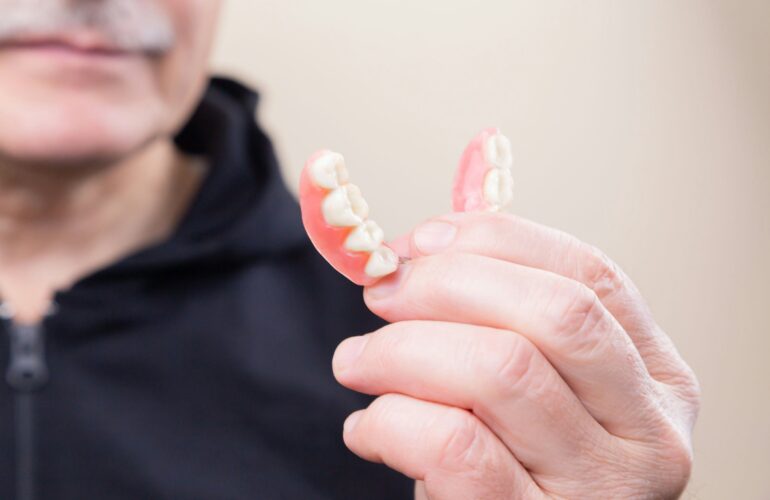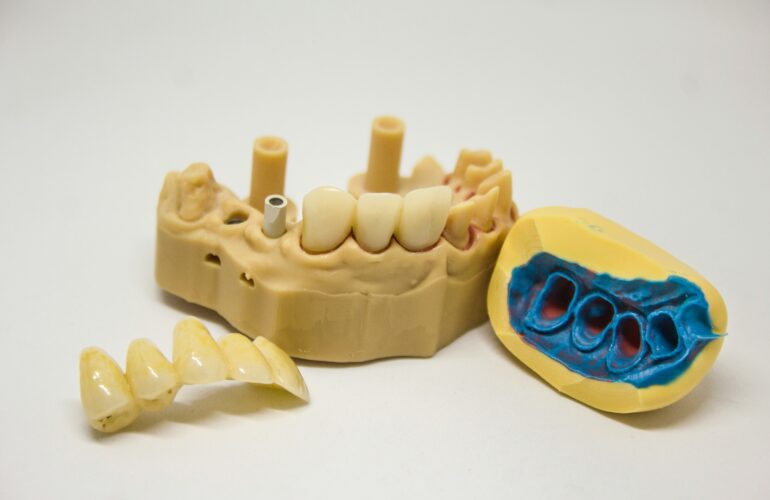A confident smile often stems from a complete set of healthy teeth. However, when a tooth is lost due to decay, injury, or other dental issues, it can create gaps that not only impact your appearance but also compromise oral health. In restorative dentistry, dental bridges emerge as a vital solution to bridge these gaps, providing a seamless and functional smile. Let understand the intricacies of dental bridges, understand the types, benefits, and the essential role they play in maintaining optimal oral well-being.
Section 1: What are Dental Bridges?
These are prosthetic devices designed to fill the gaps left by missing teeth. Acting as a literal bridge, they consist of one or more artificial teeth, known as pontics, anchored in place by dental crowns on adjacent natural teeth or dental implants. This innovative solution restores the aesthetics of a complete smile and ensures the proper functioning of teeth.
Section 2: Types of Dental Bridges
a. Traditional Bridges: Traditional bridges are the most common type and consist of one or more pontics held in place by dental crowns on adjacent natural teeth. They are ideal when the surrounding teeth are healthy and strong enough to support the bridge.
b. Cantilever Bridges: Cantilever bridges are similar to traditional bridges but are anchored on only one side. They are suitable when there is only one adjacent tooth available for support.
c. Maryland Bridges (Resin-Bonded Bridges): Maryland bridges use metal or porcelain frameworks bonded to the backs of adjacent teeth with minimal alteration. This type is often chosen for front teeth where less structural support is necessary.
d. Implant-Supported Bridges: Implant-supported bridges are secured in place by dental implants rather than crowns on natural teeth. This option is beneficial when multiple adjacent teeth are missing, providing stability and preventing bone loss.
Section 3: Advantages of Dental Bridges
a. Restoration of Aesthetics: These restore the natural appearance of your smile, enhancing confidence and self-esteem.
b. Improved Speech and Chewing: Gaps in the teeth can affect speech and make chewing difficult. These bridges fill these spaces, restoring normal speech and chewing functions.
c. Prevention of Shifting Teeth: Missing teeth can cause adjacent teeth to shift, leading to misalignment. Bridges prevent this shift, maintaining the proper alignment of teeth.
Section 4: The Bridge Placement Process
The placement of dental bridges typically involves two visits. The first visit includes preparing the adjacent teeth, taking impressions, and placing a temporary bridge. In the second visit, the permanent bridge is adjusted and fixed in place.
Section 5: Caring for Dental Bridges
Maintaining oral hygiene is crucial for the longevity of dental bridges. Regular brushing, flossing, and dental check-ups are essential to prevent decay and ensure the overall health of your restored smile.
Conclusion:
Finally, it is important to understand that dental bridges play a pivotal role in restorative dentistry by filling the gaps left by missing teeth. Understanding the types, advantages, and placement process can empower individuals to make informed decisions about their oral health. Whether opting for a traditional bridge or an implant-supported solution, restoring your smile with this brings not only aesthetic benefits but also functional and long-lasting results. Consult with our excellent team of dentists to explore the best bridge option for your unique dental needs and bridge the gap to a confident, complete smile.




